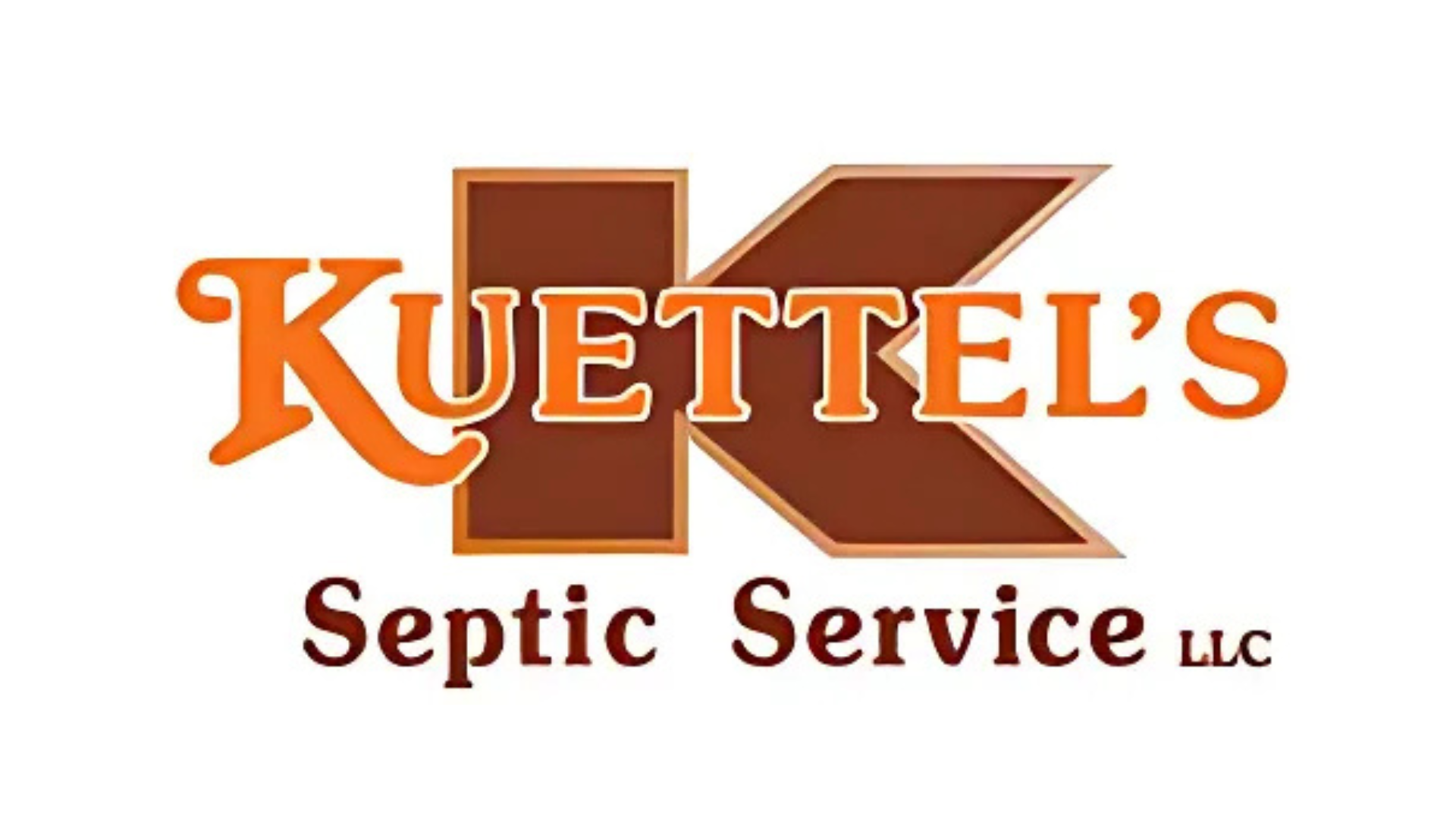Wisconsin Winters and Your Septic System
These cold winter months in Wisconsin can present a unique set of challenges for your septic system! Here are some reminders and tips to help you avoid problems in our frigid weather: Going on vacation? Leaving for the winter to a warmer climate? If so, keep in mind that lines can freeze without regular plumbing […]
Three-Year Maintenance: Inspection vs. Full Pumping Service
Have you received notice from your county that your three years are up? Perhaps you’ve heard about companies advertising 3-year county maintenance inspections for a fraction of the cost of pumping… There are only a few very specific situations where this would apply. The statewide law that requires 3-year maintenance on septic systems states that […]
How to Conserve Water
Leaky faucets should be repaired. A single leaky faucet can use up to 4,000 gallons of unneeded water every month. If looking for a new shower head, toilet, washing machine, or dishwasher, seek models that conserve water usage. Only run the dishwasher and washing machine when there are FULL loads. A toilet displacement device, like […]
Septic System vs. Holding Tank- Part 1
This is one of the first steps to understanding the septic service world: understanding the difference between a septic system and a holding tank. It’s especially helpful if you’re looking to buy a home away from city sewer for the first time. Each system type has its own unique maintenance requirements, so it’s smart to […]
Going Somewhere Warm for Winter?
Are you planning on taking a trip this winter and leaving your house empty for a few days? Or are you one of those fortunate ones who skips Wisconsin winters altogether and heads south for several months? If so, we’re happy for you… and a little jealous! We hope you enjoy your time in the […]
A Commonly Asked Question…
In our business, a sure sign that summer is on its way begins this time of year — homeowners start receiving notice that their septic system is due for it’s regular pumping and maintenance. (Here in Wisconsin, each county requires systems to be pumped and visually inspected at least once every 3 years.) That means a lot of […]
A Guide to Basic Maintenance on Septic Systems
Part of being a homeowner is maintenance. Unfortunately a lot of homeowners forget about the maintenance on their septic systems. Here in Wisconsin, homeowners are reminded every 3 years to have their system pumped and inspected. But what can be done between pumpings to keep the septic system in good shape? Here are some tips: […]
A Few Basics to Septic Systems
If you are a new homeowner, just moved away from city-sewer, or want to educate yourself on your system, here are a few basics to help you out: Learn the location of your septic tank and drainfield, especially if your cover is underground. If that’s the case, it will need to be dug up before your […]
Fabric Softeners: Friend or Foe?
Perhaps you’ve seen the influx of information out there about fabric softeners and their toxicity. Have you stopped to wonder if they are also dangerous for your septic system? Here’s something to consider: the chemicals used in these household products can kill the beneficial bacteria in your septic tank. Not sure if you can live […]

